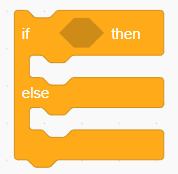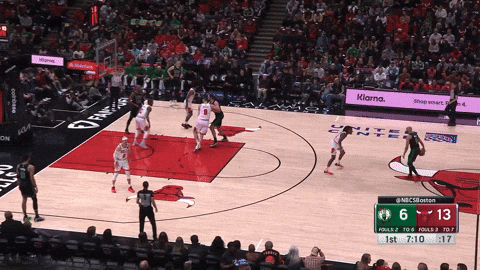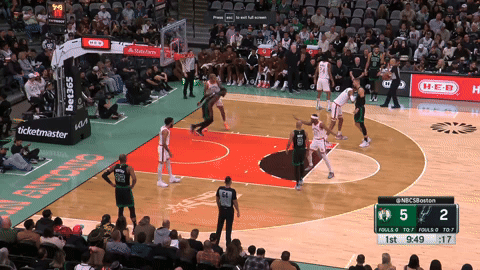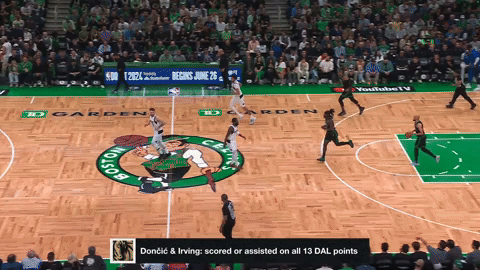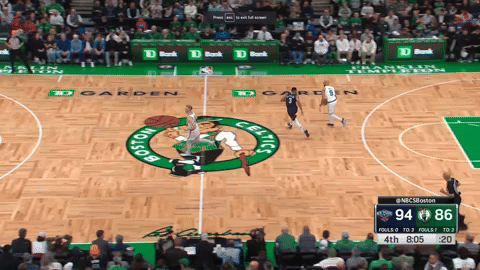Celtics Playbook: Zipper cuts
A deeper look into Boston's Zipper series.
The free agency buzz has begun to die down. Team USA is ramping up its preparations for the Paris Olympics. Outside of some contract extensions and potential trade buzz from around the league, there’s not much going on.
I've decided to start this mini-series rather than try and come up with angles for stuff to write about — as I did with the potential free agent additions with the 15th roster spot.
At points throughout the offseason, we’re going to look at some of Joe Mazzulla’s playbook — both offensively and defensively. Boston ran some fun stuff this past season. For the most part, Mazzulla’s team thrives on a principled-based system rather than a set play system.
One of the most common questions I got asked when doing play breakdowns on Twitter and Instagram this year was, ‘What is the difference between a principle-based approach and a set play approach?’ So, I thought that would be a good place to start today’s newsletter.
This is how I view it:
A principle-based approach is like a mental flow chart. Players know they have a ‘series’ of actions they can take in certain situations. For example, in transition, Boston used its “wide,” “drag,” and “21” series.
I think of it like its low-level computer coding: ‘If this, do that; if not, do this.’
A series is a collection of different sets that fall under the umbrella of a specific type of play. The players are empowered to choose which action from the series works in the moment and can flow into or out of those based on how the defense reacts.
Essentially, they’re free to make reads within the structure of the offense.
A set-based system is when the coach yells the plays from the sidelines. We’ve all seen Coach Carter. He ran a set-based offense, consistently yelling “Delilah” and “Hatty Geane” from the sidelines.
Principle-based systems also have moments where the coach calls the play, its just far more fleeting.
I like to believe that younger teams are more set-based, whereas experienced teams are better served when working via a principle-based system.
Now that’s out of the way, today we’re going to be looking at Boston’s “Zipper” series.
What is a Zipper cut?
A “Zipper Cut” is when a player receives a down screen (A screen facing toward the baseline) on the strong side of the court. The cutter then cuts the slot or high post. It’s called a “Zipper” because it’s a straight-line cut up or near the middle - like doing the zipper on your pants or jeans.
The screen is designed to get a player out of the low block to receive the ball on the perimeter or in the above clips case, around the elbow. From there, the offense can flow into another action or allow the cutter to face up and get to work.
Some examples of Boston’s “Zipper” series
This play is a great example of the “if this, then that; if not, then this” approach.
Boston ran a zipper cut to get Al Horford onto the elbow. Derrick White sets a weakside pin-down for Jayson Tatum. Tatum's aim was to curl toward Horford to either receive a dribble hand-off or get the bounce pass as he turned the corner to get downhill. When the defense killed Tatum’s curl, Horford pivoted to Sam Hauser, lifting out of the strong side corner.
When you split this action into pieces, the Zipper cut allows everything else to flow. Once Horford receives the pass, it triggers White. White’s pin-down triggers Tatum. When the defense shuts down Tatum, it sets off another trigger for Hauser to make a move. Both the secondary (White and Tatum) and tertiary (Hauser) actions are based on Horford having the ball and trusting him to make the right read.
The Celtics Chronicle is now 85 subscribers away from reaching its first 1,000 subs. If you’re new here and like the content, join the growing community!
You will often see a Zipper Cut occur during a side-line out-of-bounds (SLOB) action. Usually, this is to get a player open to receive the inbounds pass. In the above clip, Kristaps Porzingis is the “Zipper Screener,” and Jaylen Brown is the “Zipping Up.”
The play above is Boston’s core in-bounds play, known as a “Slice” action — we looked at these in detail a few months back.
Exploring the Boston Celtics Slice Actions
Again, the Zipper action springs a player free to receive the ball. Once the pass has been made, the next step within the action is triggered. In this instance, White sets the slice screen for Tatum after his inbound pass.
In this instance, the Zipper action also cleared out the rim protection. After his initial screen, Porzingis relocated to the weakside slot, dragging Victor Wembanyama with him. Brown’s cut pulled the point off the attack defender near the logo.
As such, the San Antonio Spurs aren’t in a position to send help toward Tatum. The switch that occurred on White’s screen has also provided a mismatch for him to attack out of.
Boston’s most common Zipper action: “One”
This play builds on the first Zipper action we looked at. It’s a Zipper cut that triggers a weak-side pin-down after the cutter receives the pass. In the above clip, Tatum is curling off the pin-down. His presence and scoring gravity draw two defenders, leaving White open in the corner. A reverse pass catches the defense off guard and gives White an easy catch-and-shoot opportunity.
Here’s the same play being run against the Sallas Mavericks in game two of the NBA Finals. Once again, the action starts with a Zipper cut. This time, it’s Tatum Zipping up, Jrue Holiday setting the pin-down, and Brown curling off. Nevertheless, the same outcome occurs. Dallas sends two with Brown, leaving Holiday open to hit the catch-and-shoot three.
The curler can read the defense and react accordingly if the double-team doesn’t occur after the pin-down. In this clip, Brown doesn’t draw two. Instead, the defense fights under the screen and recovers to meet Brown before he can drive (partly because he didn’t curl like in the other clips.) As such, Brown looks to penetrate off the dribble and force the low help to rotate and react to the threat of him attacking the rim.
Once that happens, Brown hits Al Horford with the dump-off to the weakside dunker spot. The shot doesn’t drop, but again, it takes us back to our coding metaphor of “if this, then that; if not, then this.”
Final thoughts
A zipper action is a basic screen and cut set. However, as we’ve seen here, it can be a trigger for other actions to occur. It can clear out the rim protection, or it can spring an on-ball creator free in the half-court. Most importantly, it’s just one wrinkle in a much wider web of sets, series and actions.
I chose to start with Zipper cuts because I thought the Celtics did a good job of leaning into them when facing the Mavericks, especially in the earlier exchanges of the NBA Finals.
Finally, I have made this post free for everyone. However, the majority of this playbook series will be for paid subscribers. If you want to upgrade and receive my eternal thanks, you can do so by clicking the below button.
If not, no worries at all; why not consider sharing this post with your friends, family, co-workers or social media following? It truly helps!
Catch everyone tomorrow!


